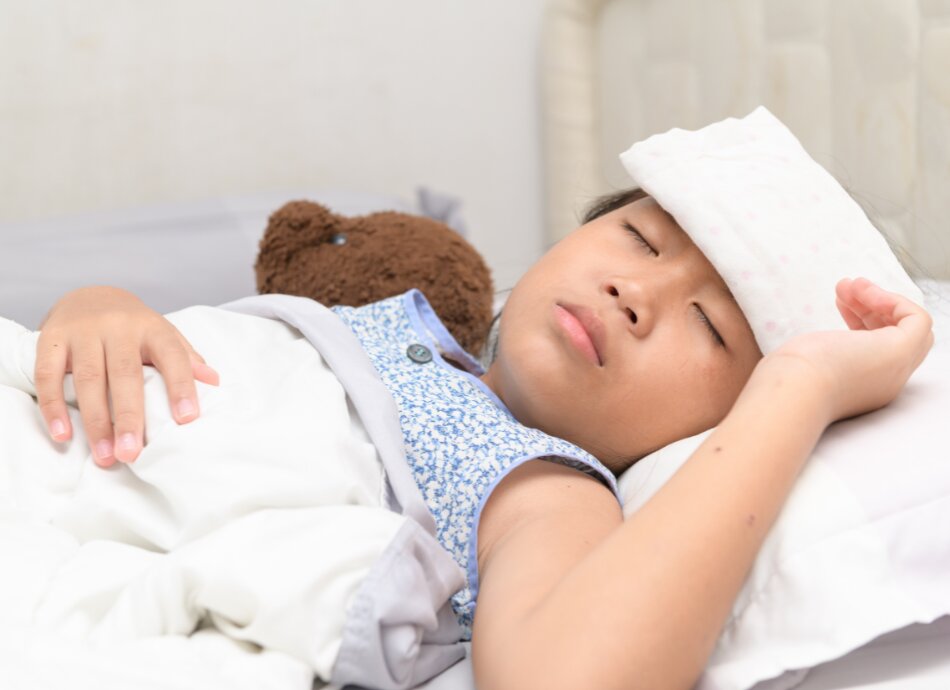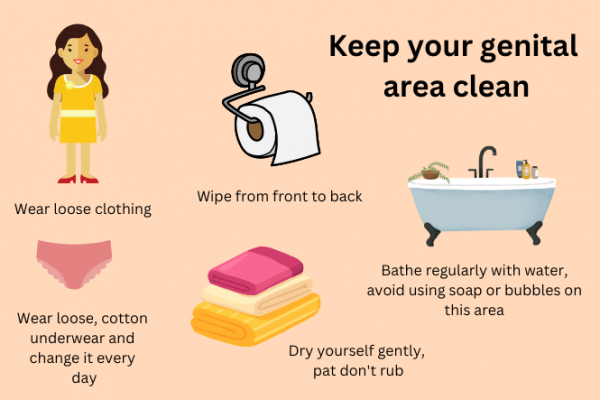Diagnosis
Testing your child's urine is the only way to know for sure if they have a UTI. Your healthcare provider can arrange a urine test for your child.
Treatment
Antibiotics
Antibiotics are the main treatment for UTIs. Treatment is usually for 3–7 days. This depends on several factors, including how unwell your child is and whether they have underlying kidney problems.
Your child's symptoms should start to improve after 48 hours of antibiotic treatment.
Drinking more fluids
Encouraging your child to drink more fluid may help.
Paracetamol if needed
You can give pain relief (paracetamol) if your child is in discomfort. You must follow the dosage instructions on the bottle. It is dangerous to give more than the recommended dose. Here is a paracetamol dose calculator so you can work out how much to give them.
Some pēpi and tamariki need to go to hospital
The following babies and children with a UTI usually need to go to hospital to see if they need intravenous antibiotics (given directly into a vein):
- Young pēpi under 3 months of age.
- Tamariki who are very unwell.








